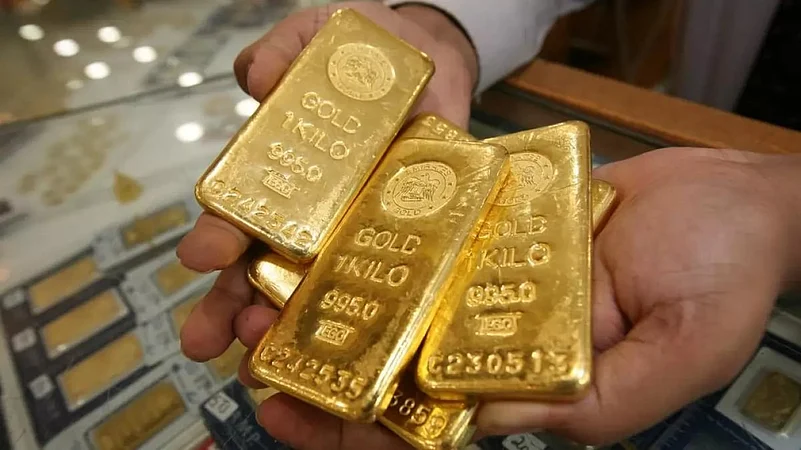On Akshaya Tritiya, you may consider this government's gold monetisation scheme to utilise unused gold kept at home or in bank lockers to generate risk-free income. Indians have a special affinity for gold and consider it a safe investment and hedge against volatility. As such, you may have a significant quantity of gold in your home or bank locker. However, you can generate extra income if you deposit these precious assets with the Reserve Bank of India (RBI) under the government's gold monetisation scheme.
Gold Monetisation Scheme
The Gold Monetisation Scheme or Revamped Gold Deposit Scheme (R- GDS) is a gold fixed deposit scheme. Customers can deposit their idle gold under R- GDS and earn an interest risk-free. They can also get a loan against their gold deposits.
Under the scheme, an eligible depositor can open a gold deposit account with any of the designated bank branches. Resident Indians, Hindu undivided families (HUFs), proprietorship, and partnership firms are among the eligible depositors.
They can deposit their gold, jewellery, coins in the above scheme. Depositors have to submit a gold deposit application form, duly signed along with know-your-customer (KYC) documents and an approved copy of terms and conditions.
Generally, gold deposits will then be tested for purity at the Collection and Purity Testing Centres (CPTCs), and Collection & Testing Agents (GMCTAs).
Interest Rates
Presently, three variants of the gold deposit scheme are available. You can avail of a maximum interest rate of 2.5 per cent per annum if you deposit gold for 12-15 years. The lock-in period is five years for this tenure.
For five- to seven-year deposit tenures, the interest is 2.25 per cent per annum. There is also a third tenure available, one to three years, which provides the depositor an interest rate of 0.50-0.60 per cent per annum. The depositor can choose if he wants the interest payment on March 31 of every year or compound the interest and receive it at maturity.
There is no maximum limit for gold deposit but the minimum is 10 grams. There is no tax deducted at source (TDS) from the interest income from gold deposits. The depositor can opt if he wants repayment in Indian rupees or gold bar.
Process Of Depositing
As per the State Bank of India (SBI) website, customers have to deposit their gold items like bars, coins, and jewellery, excluding stones and other metals, to any of the bank-approved CPTCs of MMTC-PAMP or Government Mint Mumbai to carry out fire assaying to check purity of gold.
Once the gold is delivered at CPTCs /refiners, it will be melted to check purity and weight of refined gold in 995 fineness purity and converted into bars. The depositor will be issued the purity and quantity certificate.
This certificate has to be submitted to the designated branch along with the application, accepted terms and conditions and other documents for onward submission to the nodal branch in Mumbai for issuance of Gold Deposit Certificate, which will mention the quantity/grams of gold deposited by the customer. The bullion branch in Mumbai will issue certificates and dispatch them to customers either through the designated branch or directly to the customer.














